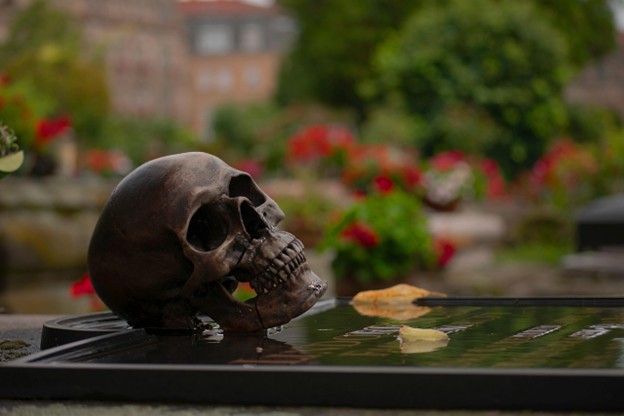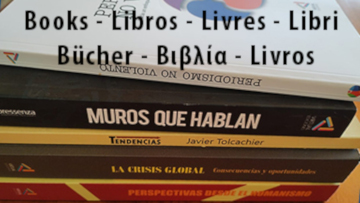(by Irshad Ahmad Mughal and Dr. Qurat ul-Ain Rana, a Ph.D in Sociology teaching in various universities as visiting faculty in various universities in Pakistan.)
The lands now called Pakistan and India were once woven together by shared history, culture, and blood—until colonialism tore them apart with calculated precision. Today, these nuclear-armed neighbors coexist in a paradox: their people laugh at the same jokes in Punjabi, weep to the same Sufi poetry, yet their states remain locked in a cycle of hatred engineered by colonial masters and perpetuated by modern elites. The recent clashes following the attack in Pahlgam are merely the latest eruption of this manufactured animosity, proving that the subcontinent’s heart still bleeds from wounds inflicted long ago.
The British did not invent Hindu-Muslim tensions, but they weaponized them with cold efficiency. Divide-and-rule was not a slogan but a system—gazettes penned by Deputy Commissioners amplified sectarian fault lines, while Macaulay’s English education policy severed Indians from their intellectual heritage. After the 1857 uprising, where Hindus and Muslims fought side by side, the British punished Muslims disproportionately, seeding the myth of “Muslim disloyalty.” By the early 20th century, their strategy crystallized: the Indian National Congress was tacitly allowed to become a Hindu-majority vehicle, while the Muslim League was nudged into existence as a “counterweight.” What began as administrative convenience hardened into the Two-Nation Theory, culminating in a Partition so violent that its scars still throb.
Yet the tragedy lies not in separation, but in what followed. The same lands where Kabir’s verses once preached unity now host armies eyeball-to-eyeball over glaciers. The shared language of Urdu—once a bridge—is now dismissed as “foreign” in India and overly “Indianized” in Pakistan. Bollywood films are secretly adored in Pakistani homes while officially banned; Pakistani singers fill Indian concert halls even as diplomats trade threats. This is coexistence with hate: a schizophrenia where people yearn for connection while states manufacture reasons to sever it.
The Pahlgam attack and its aftermath exposed this duality. Social media in both nations erupted with identical narratives—”They started it!”—while soldiers who might have been cousins killed each other in Kashmir’s meadows. Indian news channels screamed about “terror hubs,” Pakistani anchors spat “Hindu fascism,” and the billion people trapped between these narratives lost another chance at peace. Meanwhile, the real issues—water scarcity, climate disasters, mass illiteracy—were drowned out by war drums.
The bitter truth is this: India and Pakistan are doomed to share geography but forbidden to share prosperity. Their elites profit from perpetual hostility—generals need enemies to justify budgets, politicians need jingoism to mask failures, media needs rage for ratings. The British left, but their playbook endures: keep people divided, distracted, and desperate.
But there is a subversive hope. Every time an Indian crosses the Wagah border to visit a Sufi shrine, every time a Pakistani cheers for an Indian cricket star, every time a Punjabi farmer in India and Pakistan curses the same crop prices—the artifice of hatred cracks. The people know their true enemies are not each other, but the systems that profit from their strife. Coexistence with hate is not destiny; it is a choice—and choices can be unmade.
The subcontinent’s future hinges on a simple question: Will its people keep letting history’s ghosts dictate their present, or will they finally tear down the walls built by dead colonizers? Until then, the Himalayas will keep watching this tragic farce—where brothers with the same blood, the same soil, kill each other for rulers who despise them both.
We are not immortal, nor do we live on this earth forever—yet the legacy we leave behind will echo through generations. History is littered with the ruins of empires whose rulers, blinded by short-term gains, sacrificed the future for fleeting power. Today, as India and Pakistan stand at yet another crossroads, their leaders repeat the same folly, trading humanity for hollow nationalism. But the people of the subcontinent—bound by blood, culture, and shared sorrow—must ask themselves: Will we be remembered as prisoners of hatred, or as the generation that finally broke free? The land of Sufis and saints, of Tagore and Iqbal, deserves more than this endless cycle of vengeance. Let it not be said that we, too, were fools who learned nothing from history. The choice is ours: perpetuate the divisions of the past, or forge a new path where coexistence is not poisoned by hate, but strengthened by the wisdom of survival.






